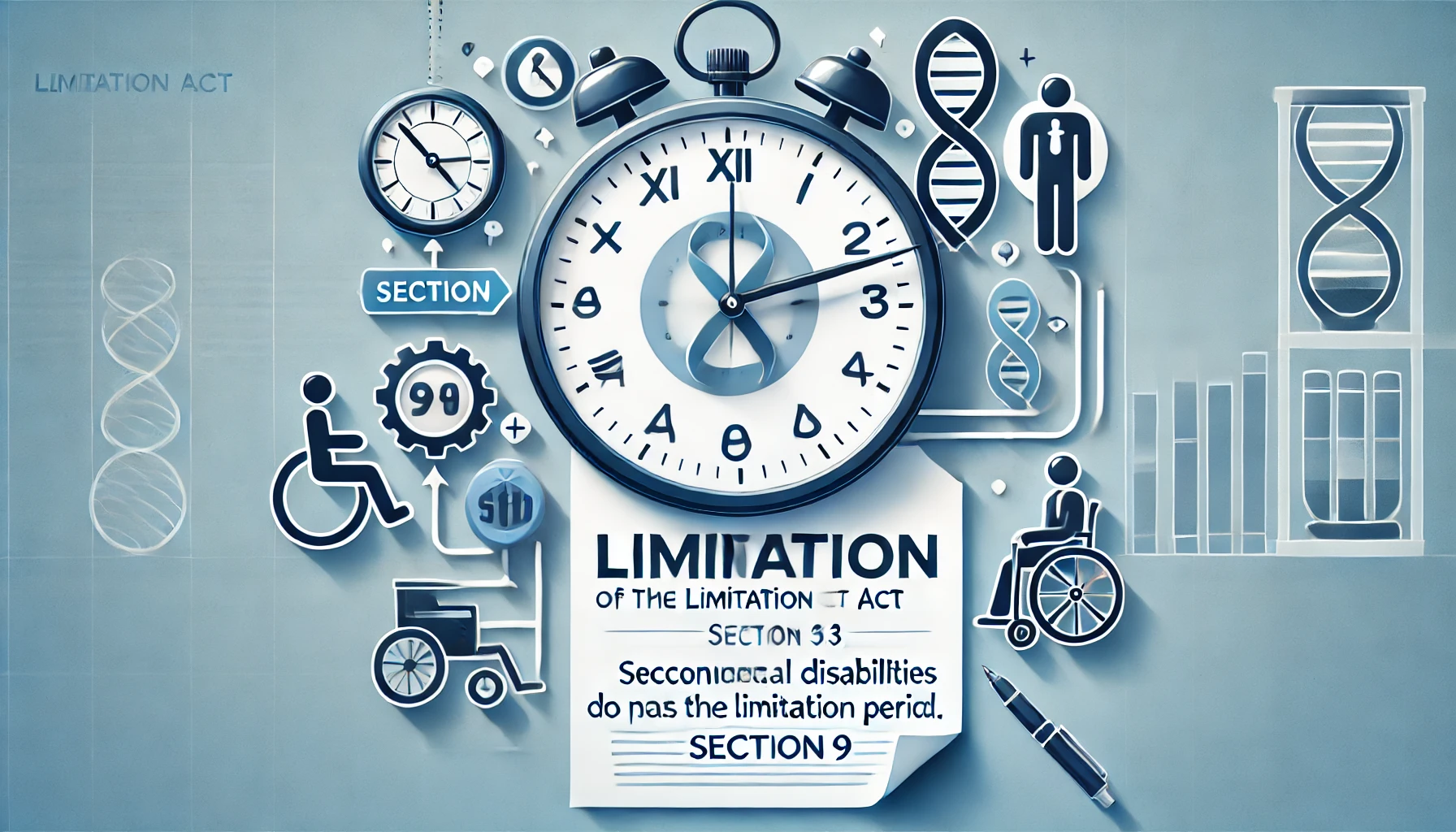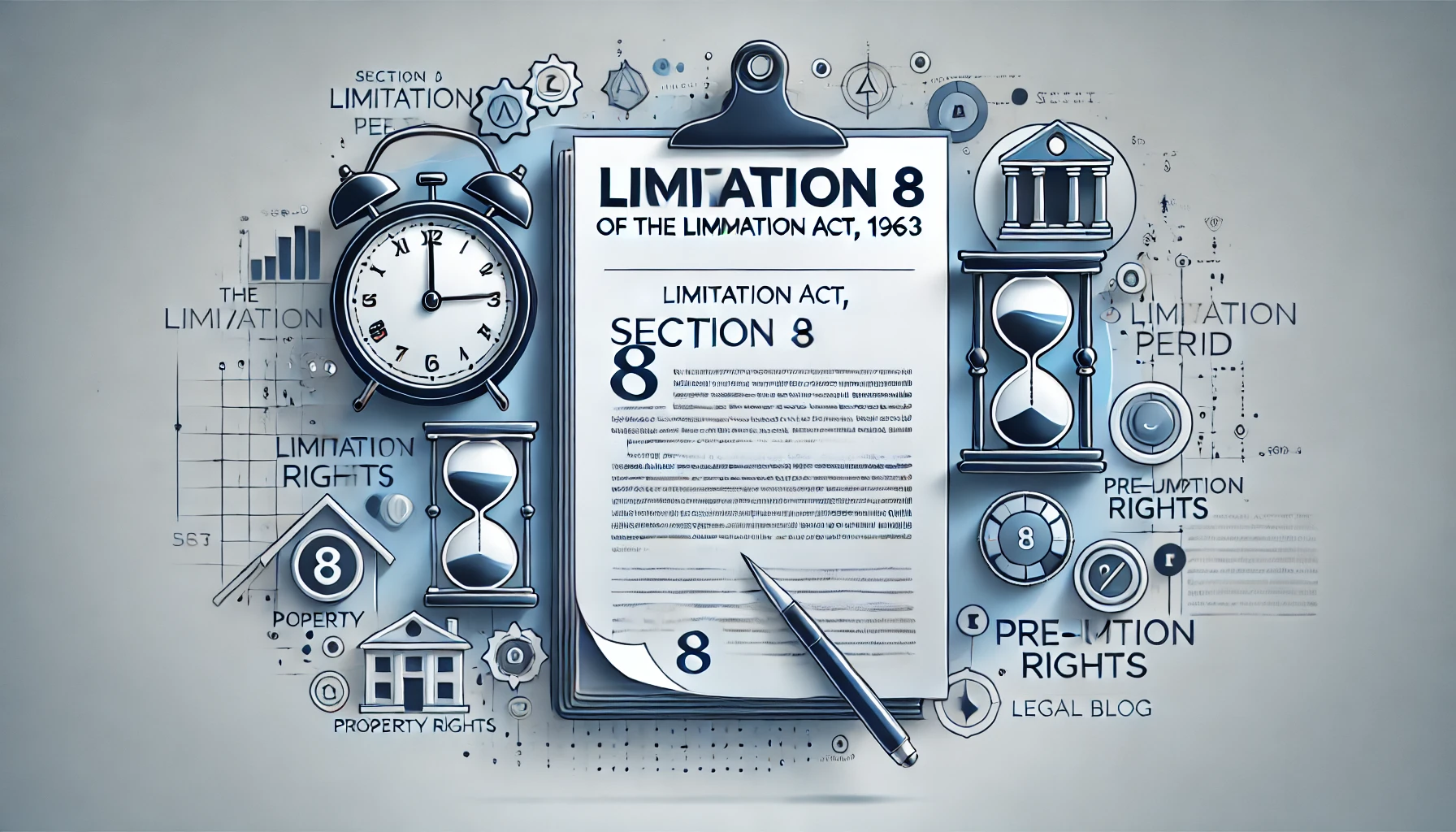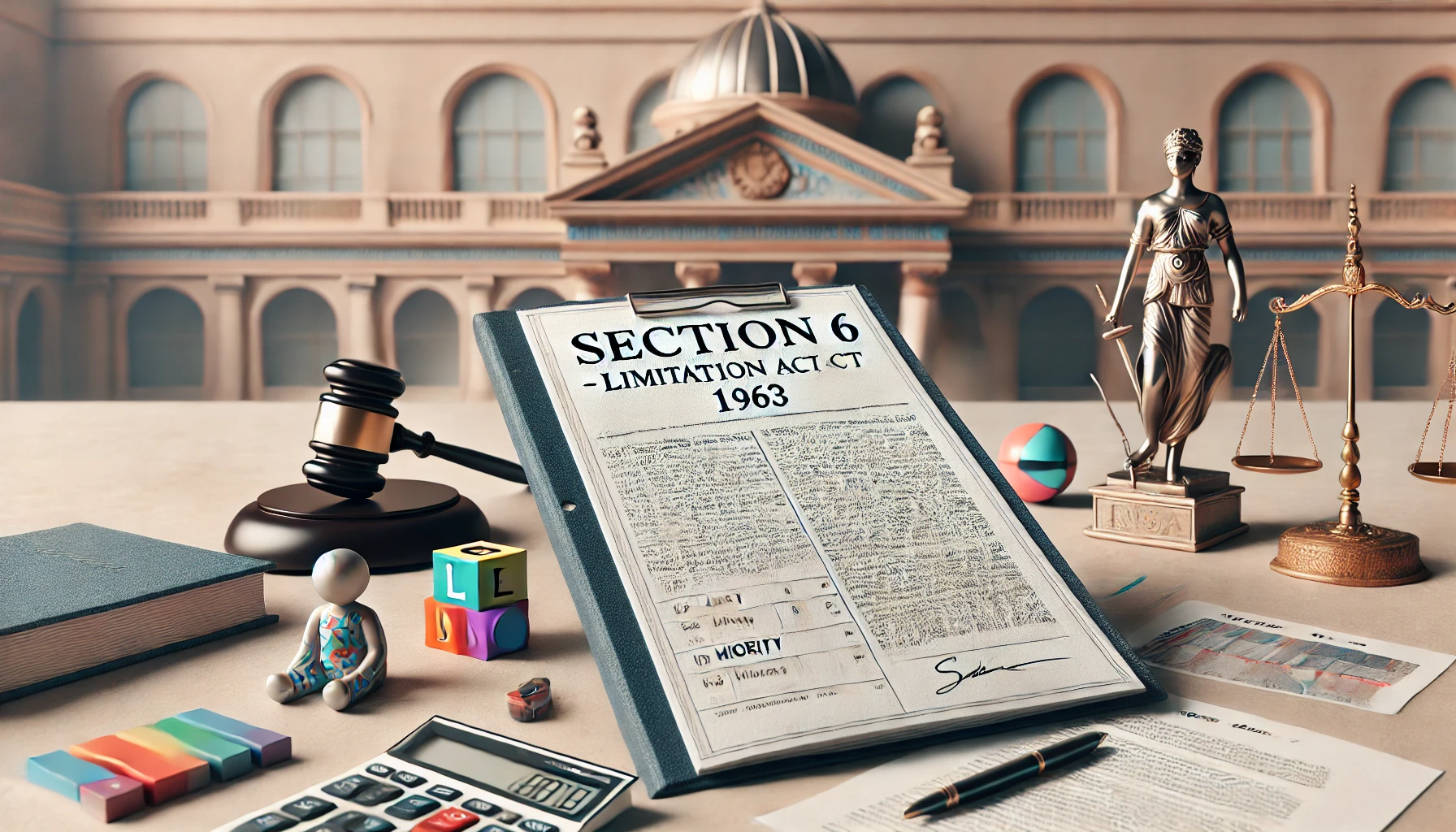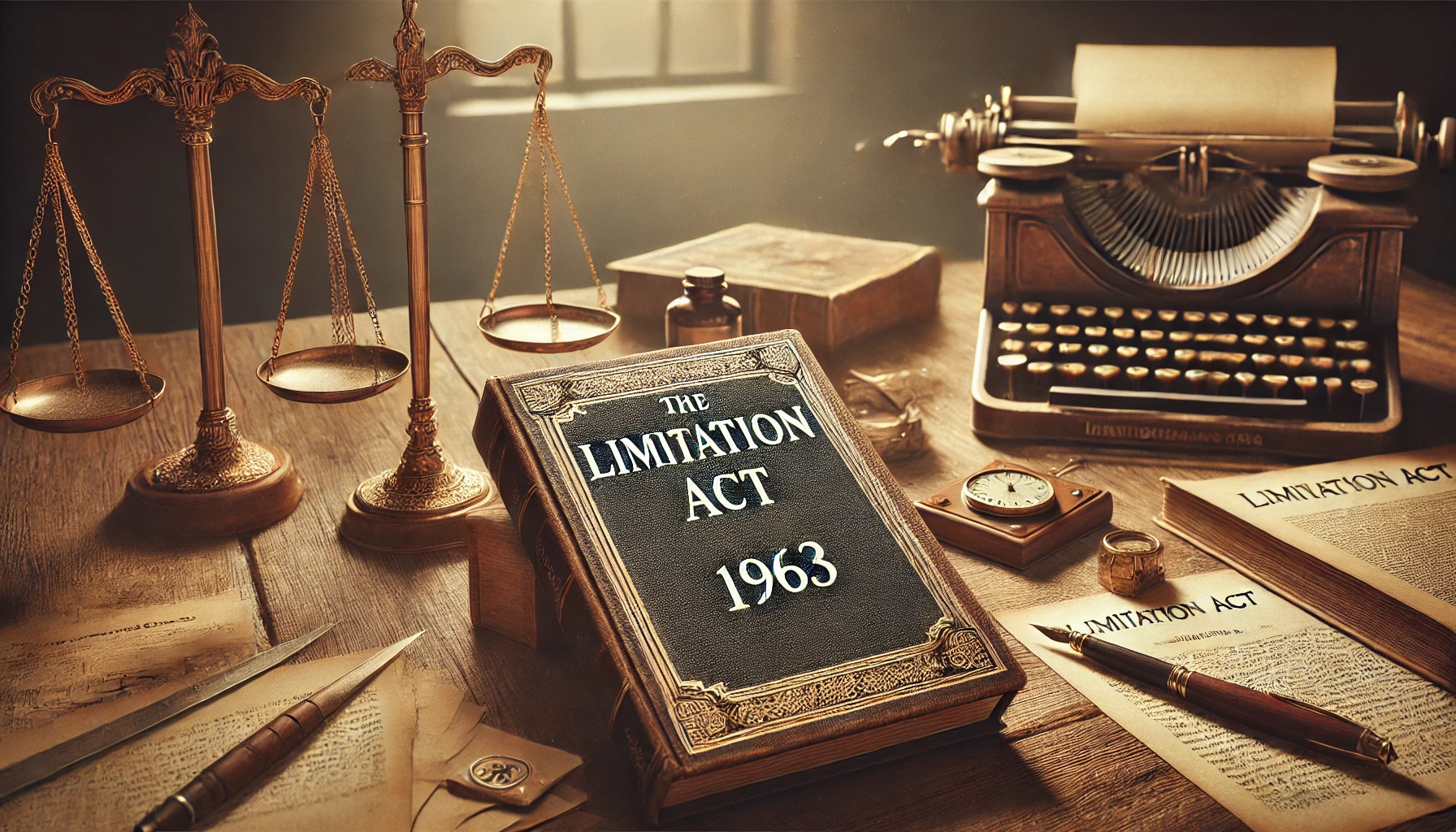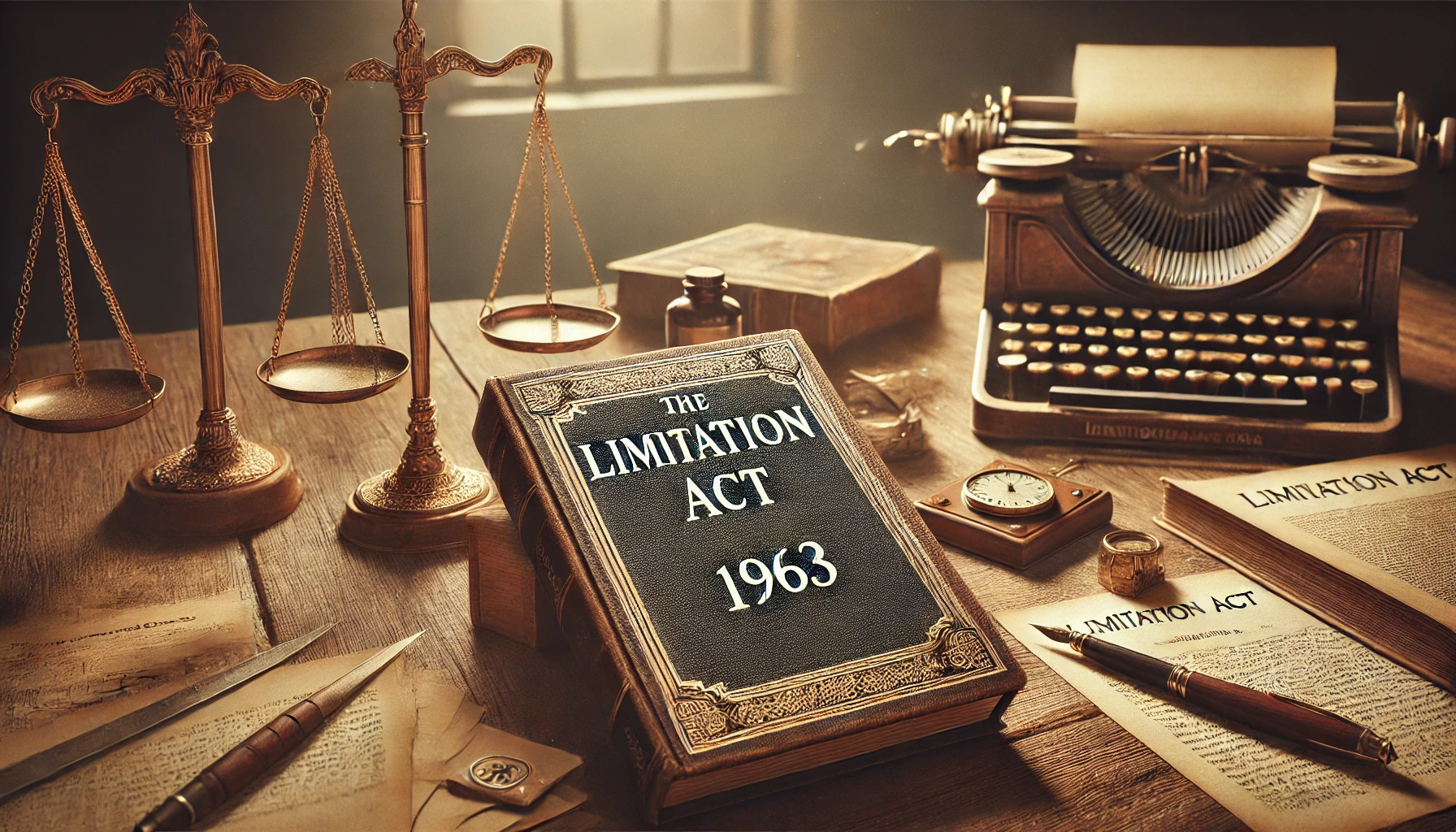Section 9 of the Limitation Act, 1963: Continuous Running of Time
Provision Section 9 stipulates that once the period of limitation starts running, it continues to run irrespective of any subsequent disability or inability to institute a suit or make an application. Key Points Commencement and Continuation When the period of limitation begins, it continues uninterrupted. Any subsequent legal disability (such as becoming a minor, insanity, or idiocy after the limitation period has started) does not pause or extend the limitation period. Subsequent Disability The section specifically addresses situations where a person becomes incapacitated after the limitation period has started. The limitation period is not affected by any such subsequent disability; it continues to run as if no such disability had occurred. Purpose This provision ensures legal certainty and finality by preventing indefinite extensions of the limitation period due to changes in the legal status of the person entitled to file the suit or application. Illustration If A becomes entitled to file a suit on January 1, 2020, and the limitation period is three years, the period will end on December 31, 2022, regardless of whether A becomes incapacitated during this period. Conclusion Section 9 of the Limitation Act, 1963, ensures that the limitation period runs continuously once it commences, unaffected by any subsequent disabilities. This provision promotes legal stability and avoids the complexities of extending limitation periods indefinitely.

